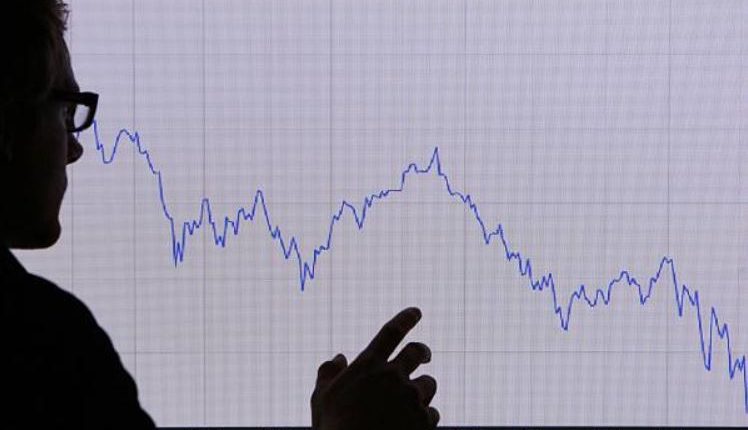
As we step into 2024, the US economy stands at a crossroads, displaying a blend of resilience and vulnerability.
The journey from dire predictions of a recession in 2023 to the current state of cautious optimism has been marked by various economic indicators and notable shifts.
Nine Key Shapers of Perspective
In this analysis, we delve into nine key aspects shaping the economic landscape and influencing perspectives as we approach the 2024 presidential election.
- Inflation: A Significant Slowdown
Inflation, a dominant concern in recent times, has shown signs of moderation. The Consumer Price Index dropped from 6.3% year-over-year in January to 3.1% in November 2023, a considerable improvement from its peak of over 8.9% in June 2022.
Pressures on housing prices may ease, but essential expenses like shelter, groceries, and apparel continue to bear the brunt of rising costs.
- Interest Rates: Aiming for Relief
The Federal Reserve’s decision to raise rates four times in 2023 has impacted mortgage and credit card rates, reaching record highs.
The Fed’s indication of three rate cuts in 2024 is anticipated to ease the burden, but the uncertainty remains, with Federal Open Market Committee members holding diverse views on the number of cuts.
- Job Market: Steady Growth with a Hint of Slowdown
Sustained job growth in 2023, albeit at a slower pace than previous years, reflects a resilient economy.
Unemployment rates have remained relatively stable, and projections suggest a slight increase in 2024. The participation rate for prime-age workers is encouraging, pointing to improved job market dynamics.
- Economic Growth: Surprising Resilience
Contrary to early predictions, the US economy displayed unexpected strength in 2023. GDP growth projections for 2024 vary, with most estimates hovering between 0.5% and 2%, indicating a potential slowdown but not a recession.
Consumer spending and robust manufacturing investment have been driving forces behind this economic resilience.
- Consumer Sentiment: Rebounding from the “Vibecession”
Consumer sentiment, measured by indices such as the University of Michigan’s Survey of Consumers, is rebounding.
The increase in confidence is attributed to positive assessments of current business conditions and job availability, offering hope that the “vibecession” may be subsiding.
- Student Debt: A Looming Challenge
The resumption of federal student loan interest and payments in 2023 poses a challenge to borrowers.
With a combined debt of $1.64 trillion held by 43.6 million people, the impact on spending ability is palpable. While broader student-debt relief efforts faltered, alternate approaches are being explored, though relief may not materialize until 2025.
- Global Standing: Outpacing G7 Peers
In comparison to G7 countries, the US is outpacing in terms of inflation and GDP growth.
The economic performance, particularly in the third quarter, underscores the nation’s resilience, even as other advanced economies face challenges.
- Eonomic Inequality: Progress and Challenges
Real wages have grown, narrowing the income gap, and employment rates for Black Americans reached record levels.
However, challenges persist in closing the racial wage gap and addressing the child poverty rate, emphasizing the need for sustained efforts to foster economic inclusivity.
- Cultural Influences: The Economics of Entertainment
The economic impact of cultural phenomena, such as Taylor Swift’s Eras Tour and trends like “girl dinners” on TikTok, provides a unique lens into consumer behavior.
These cultural markers reflect both spending patterns and shifts towards thriftiness in the face of economic uncertainty.
Read more: Surviving Work Struggles: Strategies To Keep Your Sanity Amidst Job Dissatisfaction
Economic Insights 2024

In the midst of this complexity, the progress in addressing economic inequality, narrowing income gaps, and achieving record employment rates for certain demographic groups is commendable.
However, challenges persist, and the need for sustained efforts to ensure economic inclusivity remains paramount.
As the United States embarks on the journey through 2024, the evolving economic narrative underscores the importance of adaptability, policy foresight, and a comprehensive approach to addressing both immediate challenges and long-term systemic issues.
The interplay of economic, social, and cultural factors will continue to shape the national conversation, making it essential for policymakers, businesses, and individuals alike to navigate this dynamic landscape with resilience and foresight.
Read more: Holiday Spending Mistakes: 6 Things You Should Never Do With Your Finances

